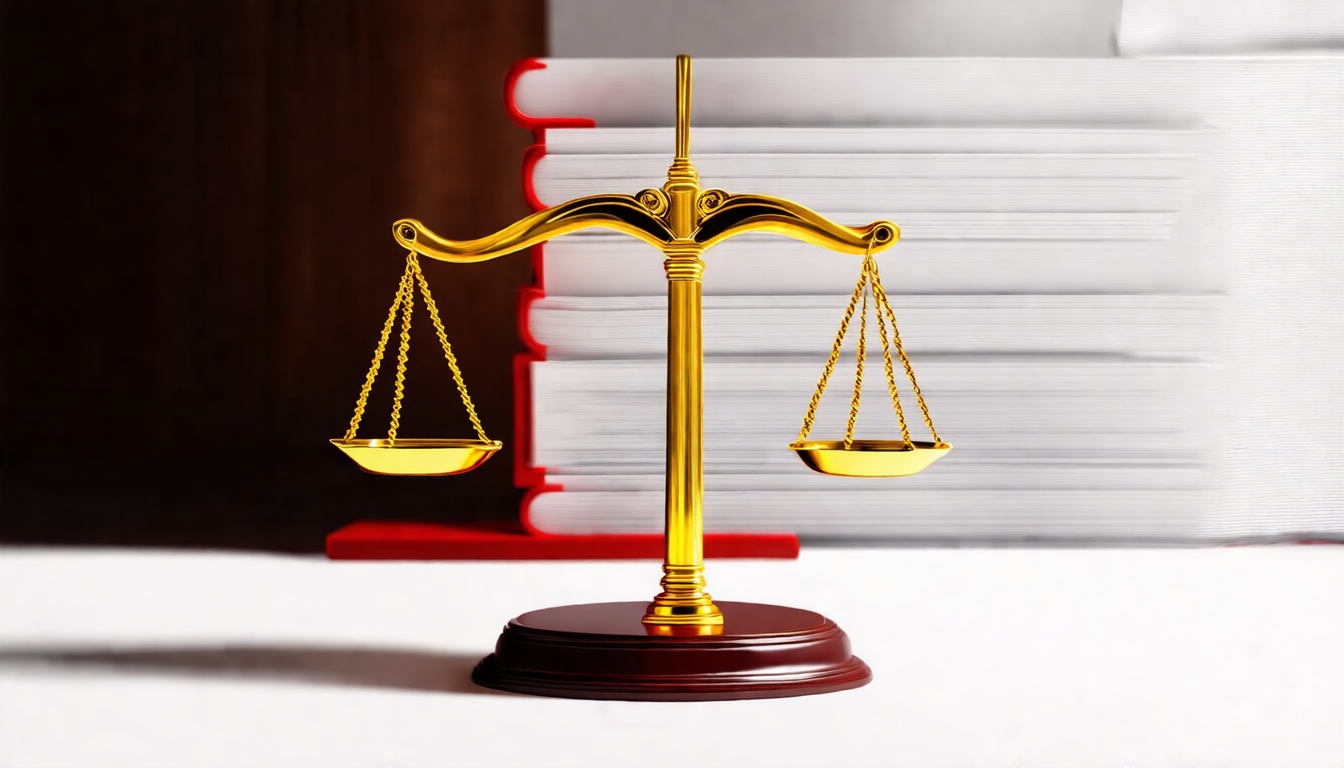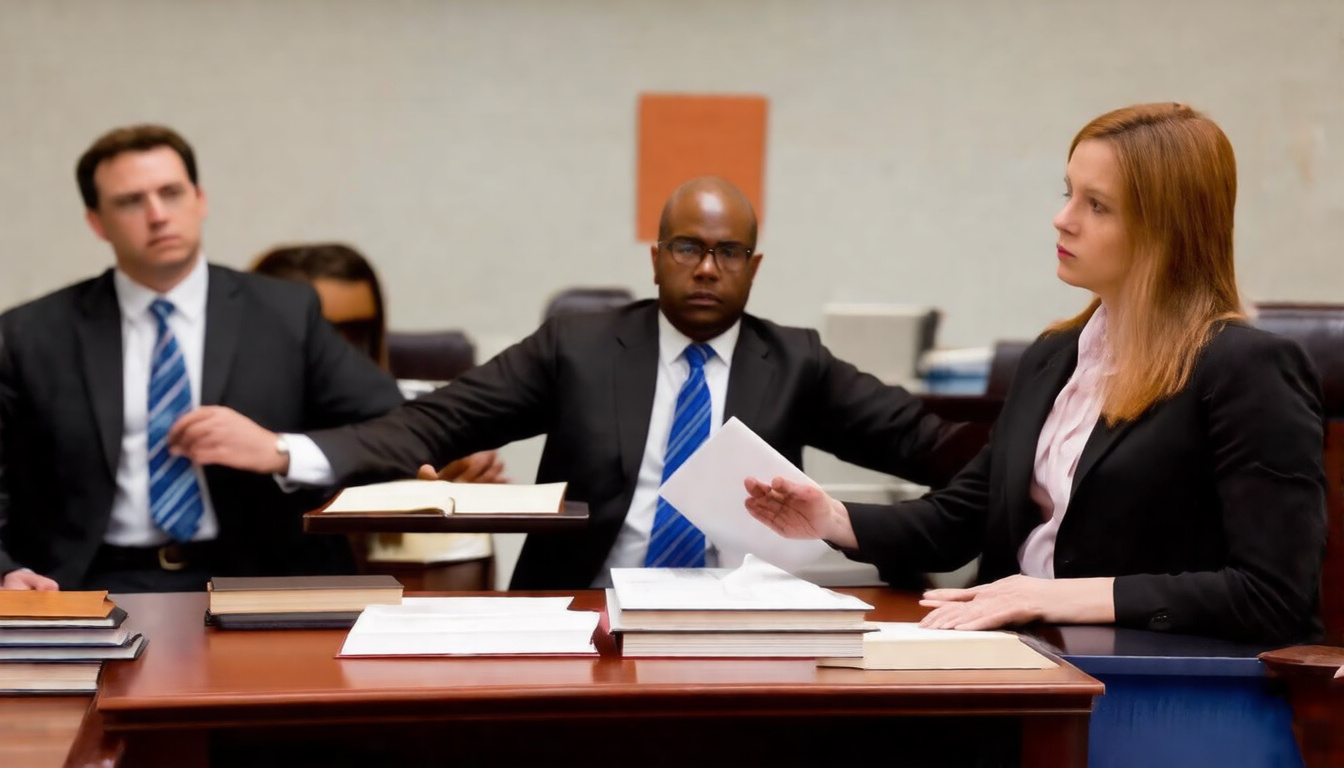When you navigate legal systems, know that legal causation matters. It connects a person’s actions with the harm that follows. This link is key in criminal and civil cases. Prove legal causation, and you build a stronger case. Whether you seek compensation or fight a charge, this bond affects the outcome.
In this article, we set out the ideas behind legal causation. We show how courts judge it. We also give tips to prove or challenge causation in your case.
What Is Legal Causation?
Legal causation links an act to the hurt or damage felt by another. It differs from factual causation. Factual causation asks, "But for the act, would harm occur?" Legal causation digs deeper. It asks if the law should hold one responsible.
Even when an act causes harm, the legal system checks: Should liability fall on that person?
The Importance of Legal Causation in Your Case
Before a court gives damages or blames a person in criminal cases, it must see that the conduct led to harm. This check stops coincidences or weak connections from causing blame. A clear, short chain from act to result meets the law and public policy.
When you do not show legal causation, your claim may fail. This is why you should grasp this idea well.
Key Principles of Legal Causation
1. Factual Causation (“But For” Test)
You start with factual causation. This test asks: "But for the act, would harm occur?" If not, factual causation stands.
Consider a driver who runs a red light and hits a pedestrian. Without the driver’s act, the harm would not come.
2. Proximate Cause (Legal Cause)
After factual causation, the court finds proximate cause. Proximate cause checks if the harm stays close to the act. It limits blame to what is expected from the act.
If a strange, unexpected event happens, the court may call it a superseding cause. This can break the chain of legal links.
3. Foreseeability
Foreseeability is a key part. Courts ask if a reasonable person could foresee the harm from the act.
For example, if a store owner leaves a wet floor without a sign, it is expected that someone might slip. This makes the act legally linked to the injury.

4. Intervening and Superseding Causes
After the act, another event might add to the harm. If that event is normal and expected, it stays in the chain. If it is rare or wild, it is called a superseding cause. This event may free the actor from legal blame.
Think of a car accident that leads to a bystander assaulting the victim. The assault is a superseding cause if it is not expected.
5. Multiple Causes
Sometimes, more than one reason leads to harm. Courts then ask: Was the person’s act a major cause? Even when other causes exist, this check tells if it was a strong link.
How Courts Determine Legal Causation
Courts use legal tests and clear evidence to judge these links. You or your lawyer might use expert views or detailed tests to prove the chain.
This process often needs the following steps:
• Prove factual cause with evidence and witnesses.
• Show that harm was a logical result of the act.
• Fight any claims of an intervening or superseding cause.
• Prove that the act was a key factor in harming the victim.
Understanding these steps can help you craft better arguments and show stronger evidence.
Tips for Proving or Contesting Legal Causation in Your Case
If You Are the Plaintiff (Claimant):
- Gather strong evidence. Medical records, eye-witness stories, and expert opinions can show a clear link from act to injury.
- Prove that harm was a set result of the act.
- List the events in order, showing how each step led to the injury.
If You Are the Defendant:
- Question the factual cause. Argue that your act did not cause the harm, or the link is too weak.
- Use a superseding cause defense. Show that an unexpected event broke the link.
- Dispute foreseeability. Argue that a typical person would not expect the harm from your act.
A Simple Checklist to Understand Legal Causation
• Did the act cause the harm?
• Was harm a likely result of the act?
• Is there a clear, unbroken link from the act to the harm?
• Did any extraordinary cause break this link?
• Was the act a key factor in causing the harm?
FAQ About Legal Causation
Q1: What is the difference between factual and legal causation?
A1: Factual causation asks if harm would occur without the act. Legal causation asks if the law should fix blame because of that harm.
Q2: Can legal causation exist without factual causation?
A2: No. You must first have factual causation before the legal link can follow.
Q3: How does legal causation affect negligence claims?
A3: To prove negligence, you must show legal causation: that the breach led to harm in an expected way.
Conclusion: Securing Victory Through Legal Causation Mastery
Legal causation stands as a central idea in building a case. Whether you seek justice as a victim or defend yourself, know how to prove or question this link. With clear evidence, an expected chain of events, and a check against surprise events, you raise your chance to succeed.
For more help and advice, speak with a skilled lawyer. They can help you use legal causation rules well. Proving legal causation makes sure that blame is set fairly and that justice wins.
Ready to build your case with expert guidance? Contact a professional today for a consultation and take the first step toward the outcome you seek.
Source: For more on legal causation and its role in negligence claims, visit Cornell Law School’s Legal Information Institute (https://www.law.cornell.edu).
Author: Doyle Weaver, Attorney at Law
Home | Estate Planning | Personal Injury | Hill Country Lawyer | Terms of Service | Privacy Policy
© 2025 Digital Law Firm, P.C.
Disclaimer: The content provided in this blog is for educational and informational purposes only. It is not intended to constitute legal advice or establish an attorney-client relationship. The information presented does not address individual circumstances and should not be relied upon as a substitute for professional legal counsel. Always consult a qualified attorney for advice regarding your specific legal situation. The author and publisher are not liable for any actions taken based on the content of this blog.

Leave a Reply